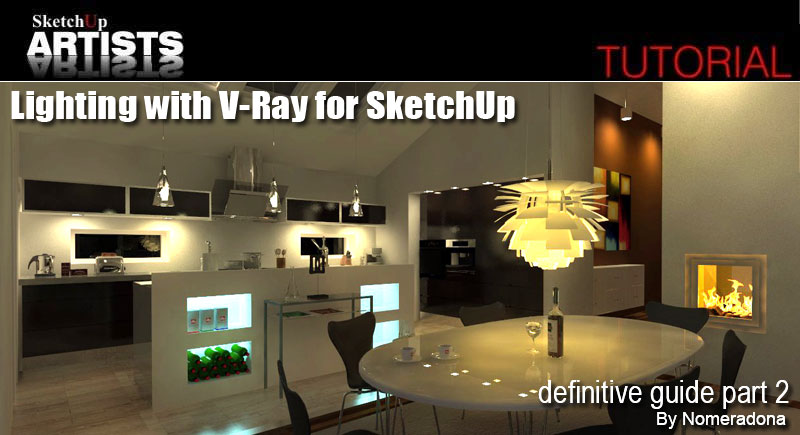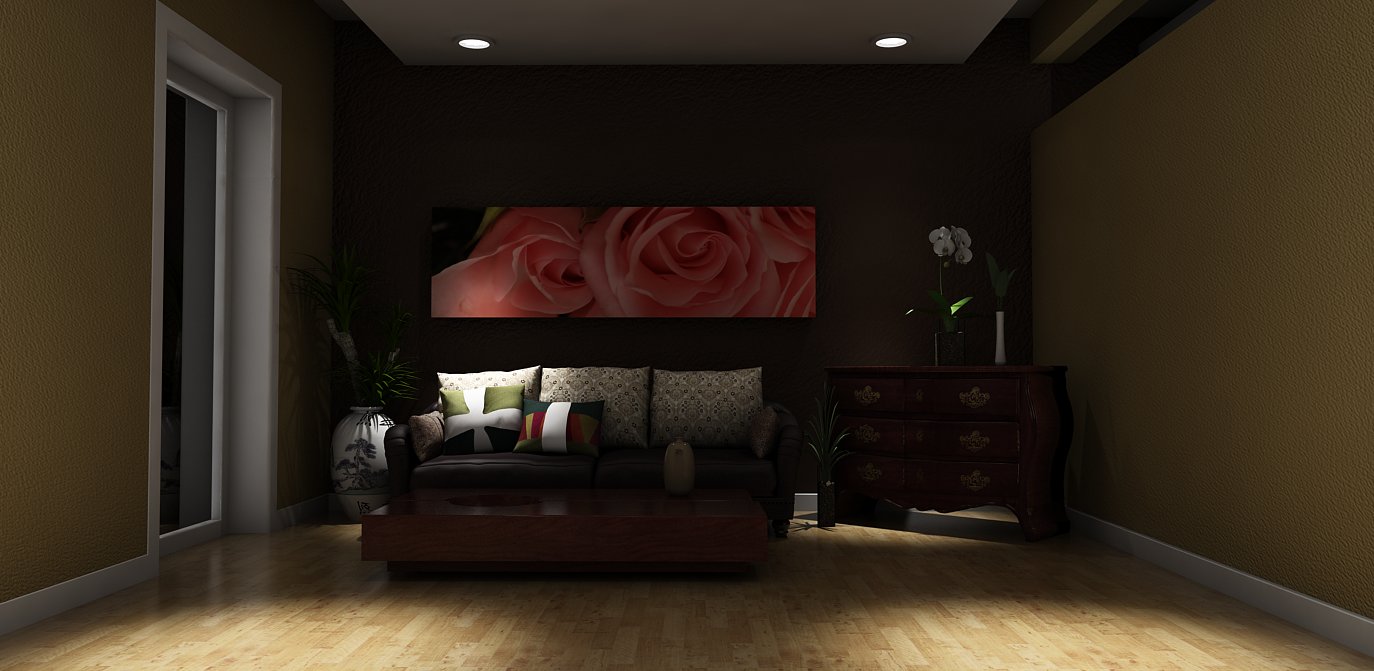3d Max Vray Ies Light Download For Sketchup

Sep 22, 2017 - Well Spot light works just like the name states it creates light from one point. IES light needs and IES information file to emit light. Ies light files. /thumb.jpg)

V-Ray is a very popular and high-quality third-party renderer for SketchUp. With V-Ray, you can add naturalistic lighting, cameras, reflections, and diffuse materials to your SketchUp models and scenes. This course will use a single arch viz scene (an architectural visualization with interior and exterior elements) to demonstrate all of these options. Author Brian Bradley covers all of the V-Ray light types (from Sun and Sky to Sphere), irradiance mapping, physical cameras, materials, and V-Ray quality controls. By the end of the course, you'll know how to use V-Ray features to make your SketchUp models look their very best. Instructor •. Brian Bradley is a self-taught 3D artist and business owner.
Brian started experimenting with creative software and 3D applications around the end of 1993, wondering whether or not he could make a living working with such cool tools! By 1998 he had started his own multimedia business, working on projects ranging from flying logos to graphic design for clothing and vehicles to entire product and architectural visualization projects.
While learning the tools of his trade, Brian developed a keen awareness of the need for well-explained, high-quality training that could make software tools accessible and open to anyone who wanted to learn them. In 2007 he turned the attention of his family business toward the full-time teaching of the graphic design and production tools he loves to others. By: George Maestri course • 3h 1m 32s • 5,337 viewers • Course Transcript - For architectural visualization work, particularly interiors, V-Ray IES light type offers an extremely powerful and easy to use method for adding real world lighting data to our scenes.
As we have with our previous light types then, let's go ahead and add an IES light to the scene by coming to the Lights toolbar, clicking to the select the IES option, and then left-clicking in the scene. As with the spotlight that we looked at earlier, I do want to have this light object sitting fairly close to our wall here. I also want it sitting quite a way off the ground so that we can clearly see the emission patterns that we're going to be getting from it. So let's grab the move tool and pull it up quite a way in our scene. With that done, let's go ahead and take a test render. What we get using both the light's defaults and our current scene setup is, well, (laughs) nothing at all really, which isn't surprising seeing as the IES light hasn't really been designed to function as a stand-alone • Practice while you learn with exercise files.
Watch this course anytime, anywhere. Course Contents • Introduction Introduction • • • • • 1. Introduction to V-Ray 1. Introduction to V-Ray • • • • • • • • 2. Lighting the Place Up 2. Lighting the Place Up • • • • • • • • • 3.